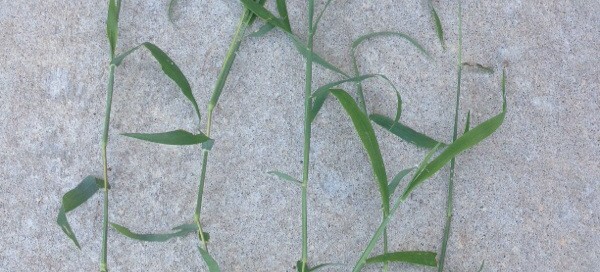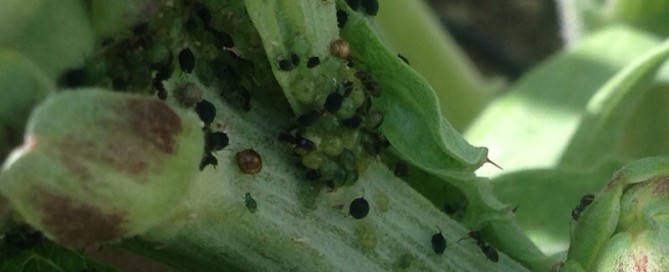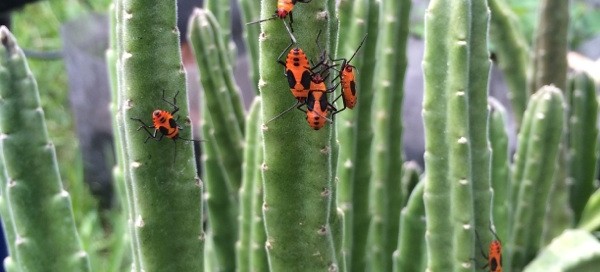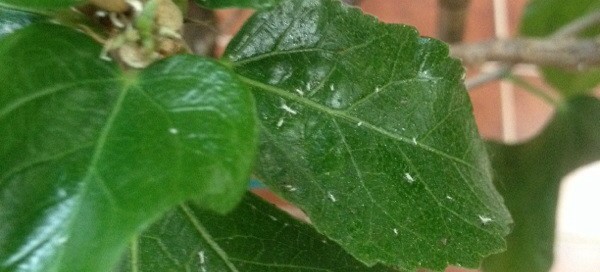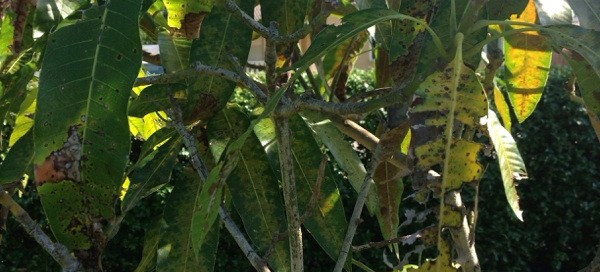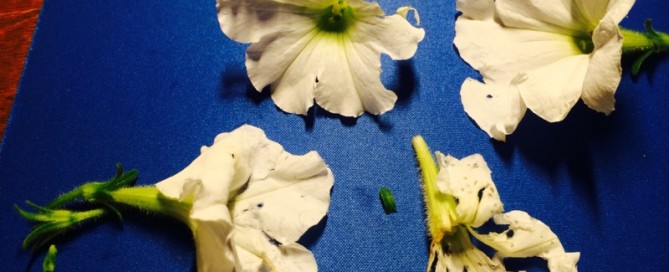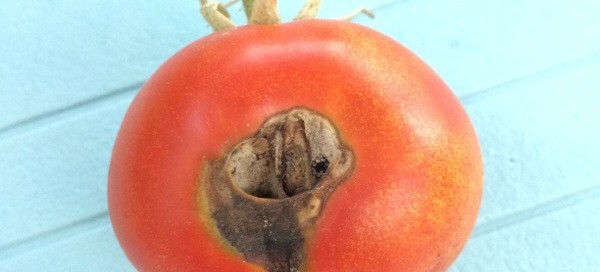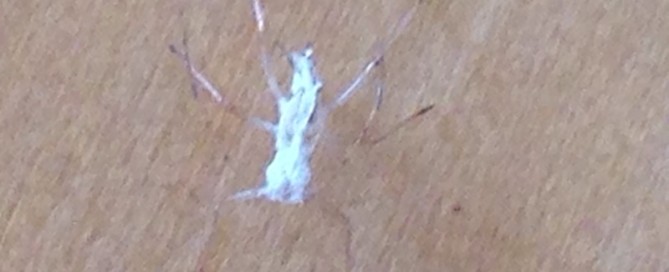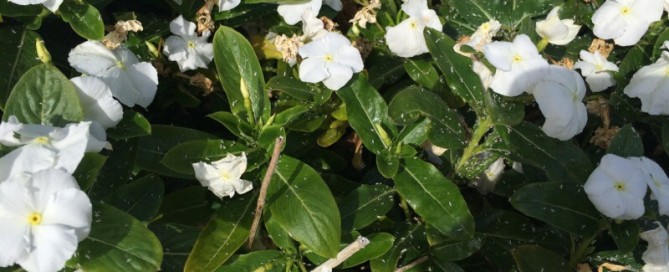Grasses As Weeds
Sorry to say we can't accurately ID the 'bunch grass' from this photo so its difficult to say what the best product would be, but we can say its also pretty difficult to find a product that will kill the weedy grass and not the lawn (turfgrass). We recommend you dig up a "bunch" and take it to your local garden center for accurate ID and find out if they can recommend a product. If there's not a product, we recommend you dig these weedy grasses out of the lawn (make sure to get all of it, and as much of the root systems as possible - this is easiest to do when the soil is moist) and re-seed with the same grass spieces as your turfgrass. If you decide to go this route, you'll need to be diligent with keeping the soil and new seedling grass moist until its well established. Also, you'll want to be prepared to re-seed immediately after taking out the weedy grass so that you don't leave bare spots for other weed seeds to grow in. Alternately, if you have a creeping turfgrass, like bermuda or something, you can encourage it to fill in the bare spots left after removing the weeds by keeping the soil/grass moist and fertilizing AND pulling any other weeds (right away) that pop up while its trying to fill in.
